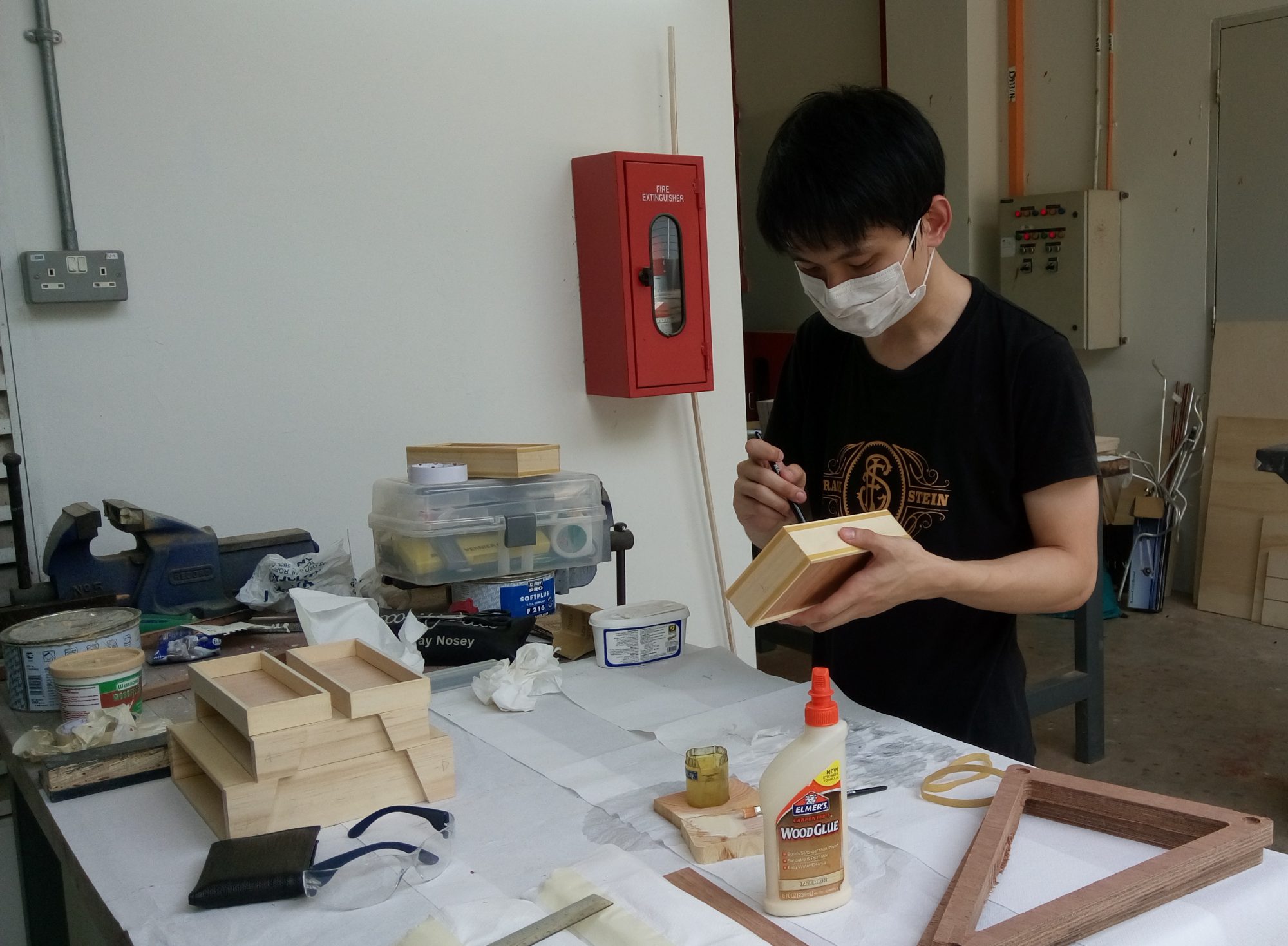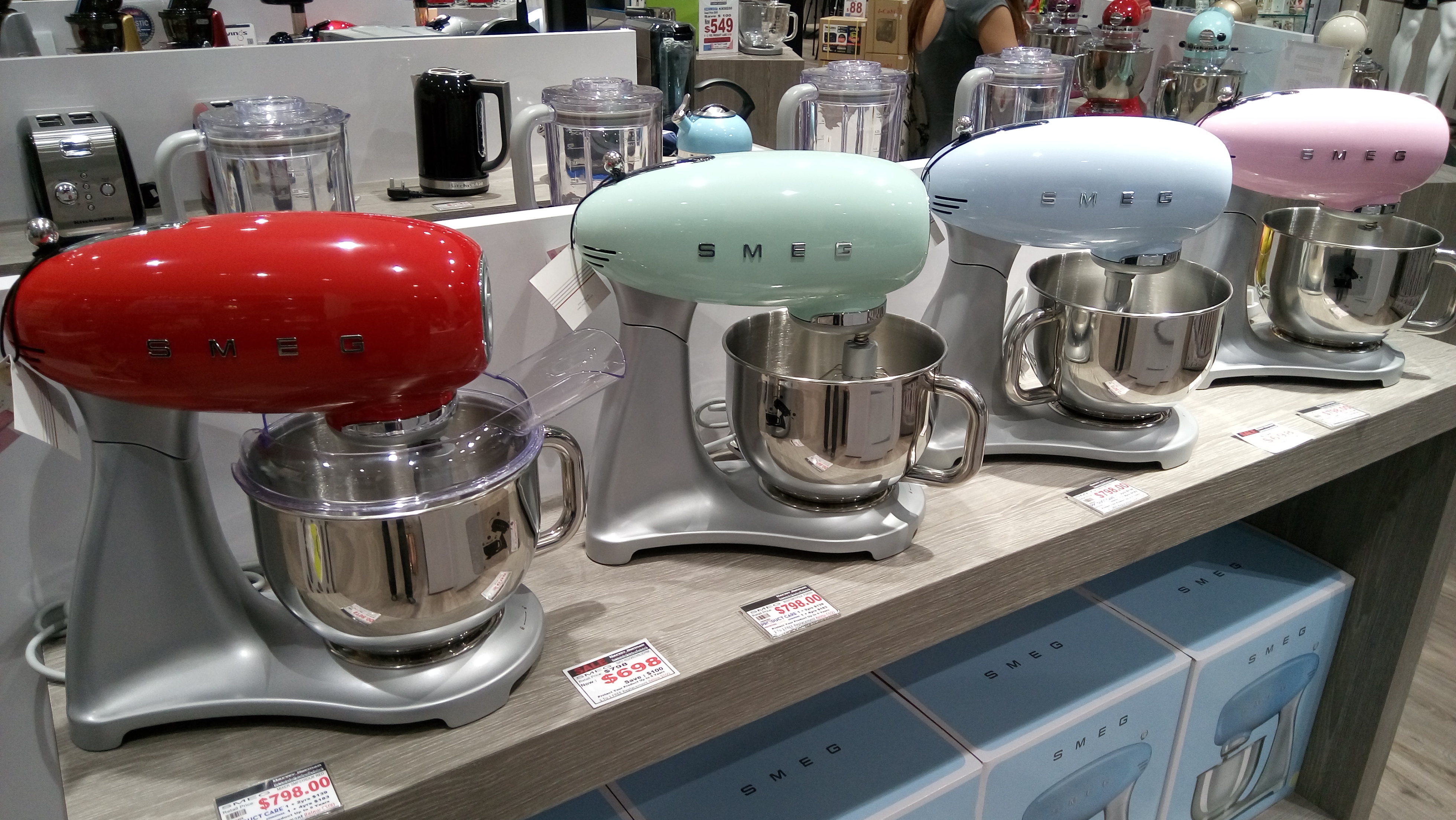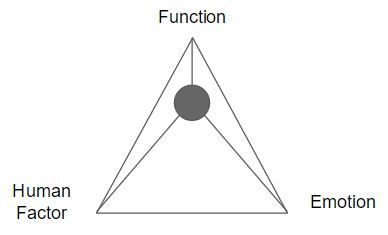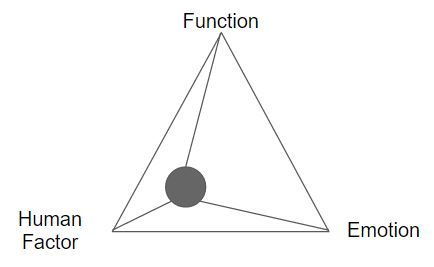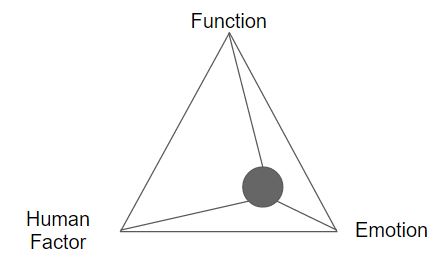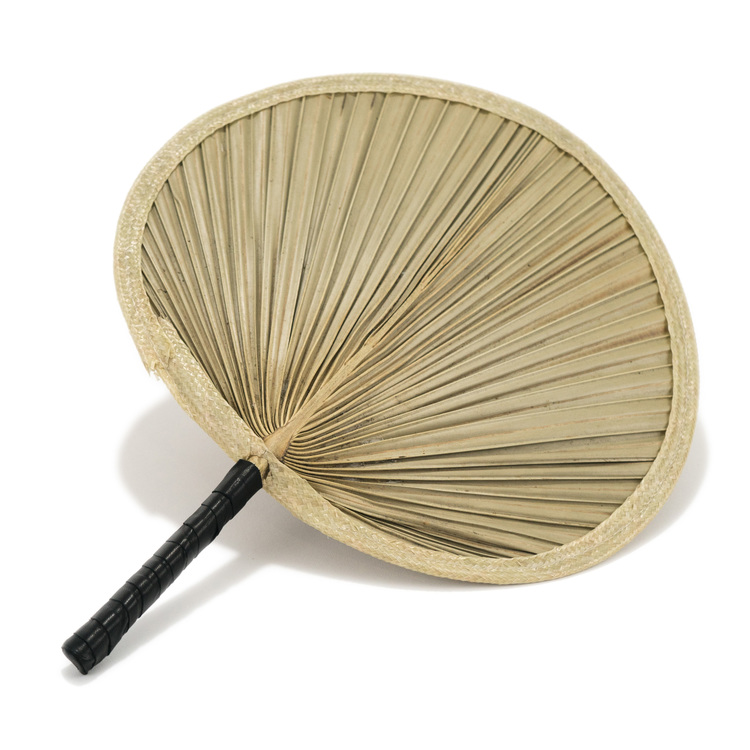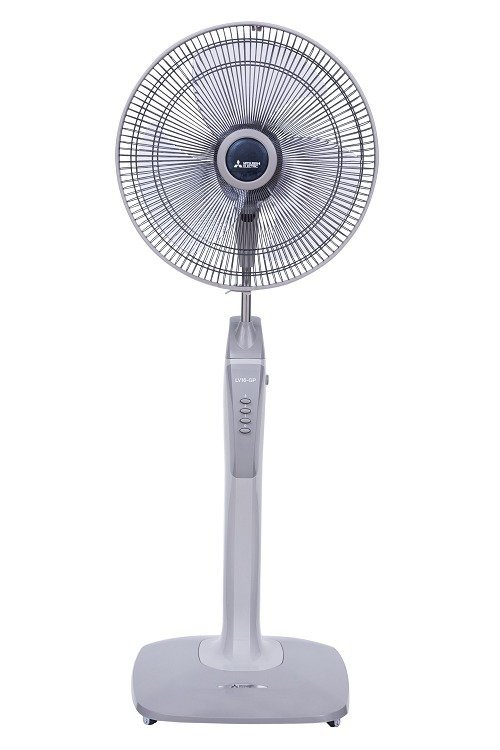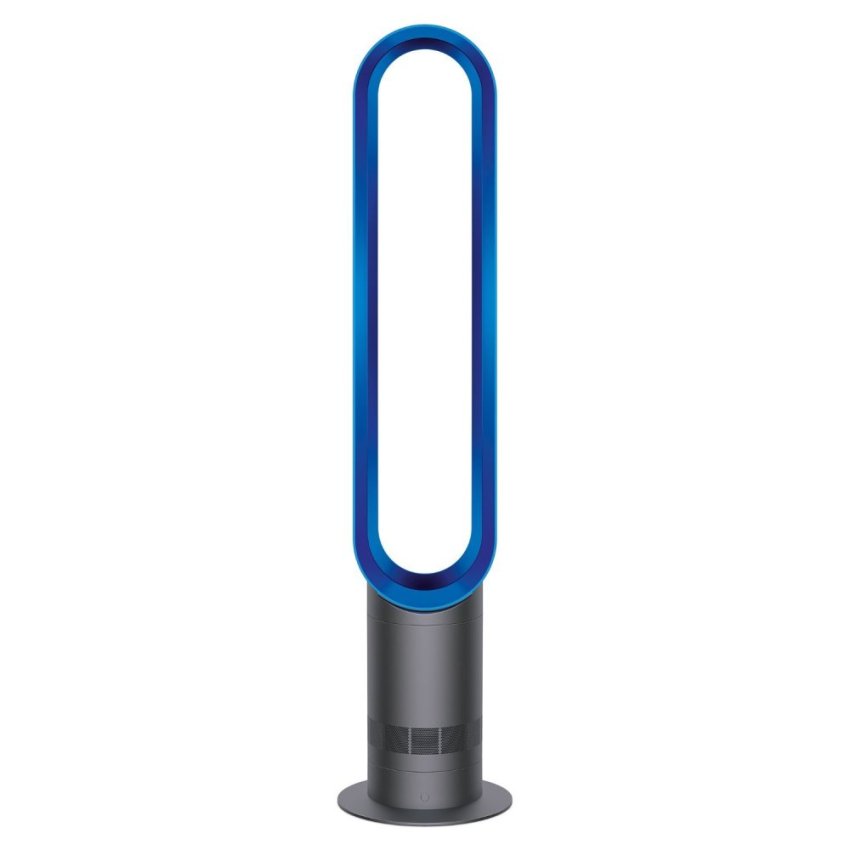Week 9 – 14 March 2017
Nostalgia
It have been awhile since I last went for a ‘Product design’ field trip together as a class.
I always enjoyed having able to listen and discuss about our opinions on the different products.
Nonetheless, it was a fruitful class trip!
In this post, I would like to share my takes on this trip to Harvey Norman.
Brand Identity is strong.
S M E G
 SMEG Pastel Colour Electric Toaster & Kettle & Refrigerator
SMEG Pastel Colour Electric Toaster & Kettle & Refrigerator
These pastel coloured household appliances caught my immediate attention as I browse from within Harvey Norman.
Colour could be part of the Emotion factor
While Monochromatic household appliances may be commonly seen on the shelves of many department store, how often do we get to choose from a selection of colours?
In these example of SEMG household appliances, it shows more of the emotion-dominant products.
The soft pastel colours which embodied the heavy, dull-looking household appliances could turn out to be ‘friendlier‘ with the choice of colour used.
SMEG series of pastel coloured household appliances creates a sturdy yet gentle feel to its overall aesthetic, with emotion being dominant without compromising the function & human-factors.
“The iconic Smeg coloured refrigerator range effortlessly combines good looks with high-performance technology. With beautiful bold finishes and soft round curves reminiscent of 1950s retro design, these fridges truly stand out from the crowd. – SMEG”
Check out more SMEG products here:
http://www.smeg.sg/products/
A work of Art.
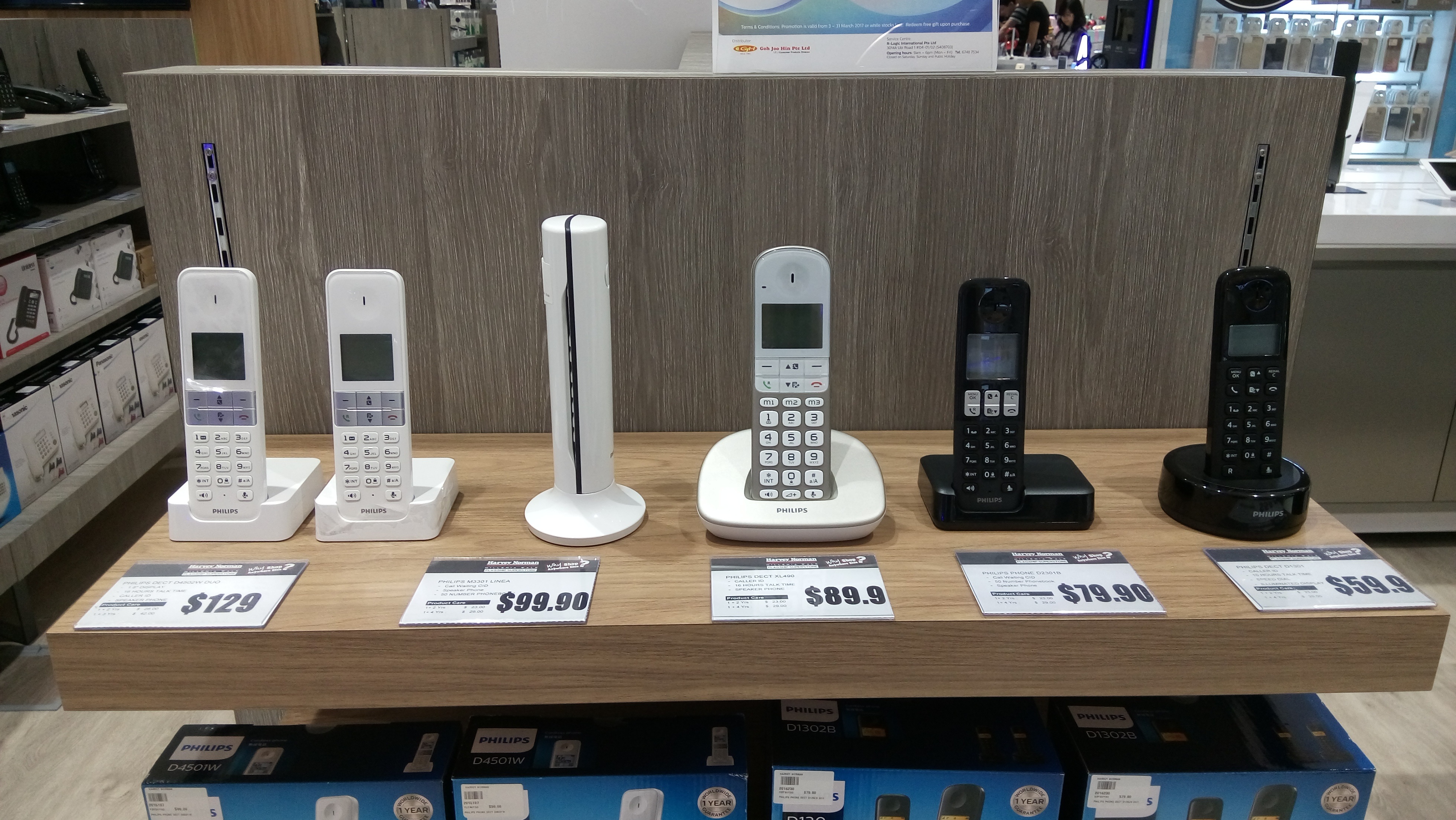
Hey there, I’m special yo~
 Philips Linea design cordless phone
Philips Linea design cordless phone
To be honest, I didn’t know how to use this at first.
A revision in design.
The only cylinder that stands out from a shelve of cordless phone.
Philips ‘Linea’ is a emotion-dominant product that creates a sense of emotion appeal.
The revision challenged how a modern cordless phone should look and is indeed a work of art.
Check out the advertising video here
Human-factor (Which one better?)
 In the example of the Human-factor design, we take a look at 2 steam generator irons.
In the example of the Human-factor design, we take a look at 2 steam generator irons.
On the left we have Philips & on the right we have Morphy Richards.
While both steam generator irons may look the same, the securing knob are different.
The securing knob might be a features that demonstrates the human-factors according to the nodes.
The different we see in this comparison could be due to patent or ergonomics factors.
I tried these 2 securing knobs and I found a rather distinct difference.
The securing knob in Philips requires a rather tedious process to get the iron lock in place.
The 3 steps of (Press-Pull-Lock)
Whereas for Morphy Richards a 2 steps of (Turn-Lock) will be sufficient to hold the iron in place.
Does the lack of additional steps compromise safety?
No, it doesnt.
The iron stays secured even after lifting or shifting off the surface.
Modern fan going bladeless
I would like to compare 2 emotion-dominant products.
On the left we have a Dyson fan from Dyson, on the left we have a tower fan from Cornell.
Both products stand uniquely, deceiving their looks as a modern fan.
A dyson fan always reminds me of the soap bubble wand while this rather new tower fan remind me of a golf stick.
Funny aesthetics, wonder where all these got their inspiration from.
The difference between the direction of wind flow induce is such that Dyson’s goes horizontally in 1 direction, whereas Cornell’s goes both horizontally and vertically in 2 directions.
Despite the differences, both products definitely cause a certain emotion appeal.
Trends
Aesthetic revolution!
Modern products taking new styles and cool details!
Overall Thoughts
It was indeed an awe-inspiring trip to Millenia Walk outlet of Harvey Norman.
The display of various household appliances shows the evolution in product design.
With nodes acting as the importance guideline of aesthetics, we see how different area of dominance will affect the form of the product. Nodes such as emotion could make a usual appliances looks more vibrant, breathing a sense of liveliness in the aesthetics of the product. Whereas human-factors contributes to the ergonomics that caters to the needs of the different users.
